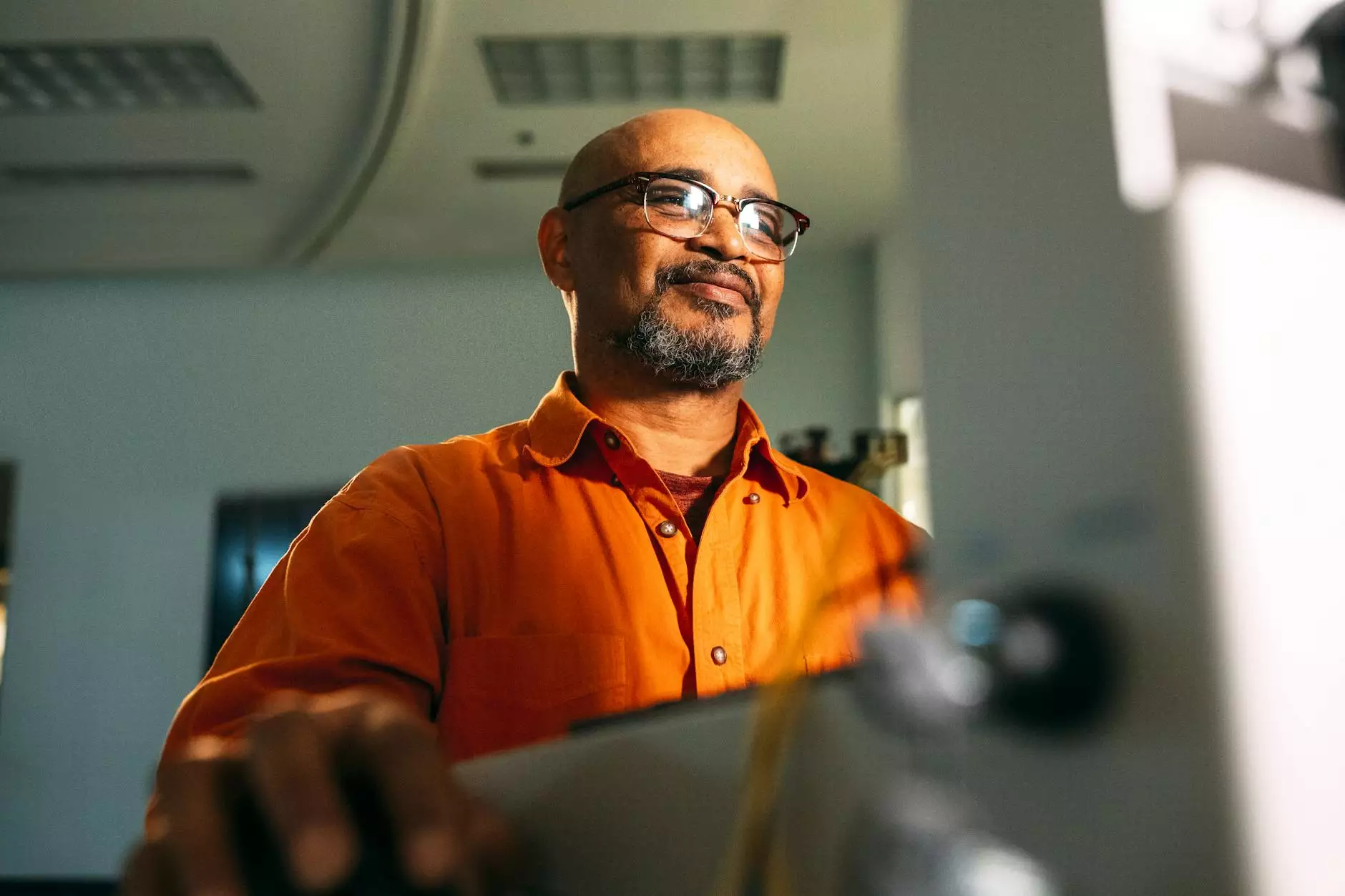Lung Cancer Screening: Your Essential Guide to Health and Early Detection

Lung cancer is one of the leading causes of cancer-related deaths worldwide. However, with advancements in medical technology and a better understanding of risk factors, lung cancer screening has emerged as a crucial preventive measure that can significantly improve outcomes for individuals at risk.
What is Lung Cancer Screening?
Lung cancer screening involves testing individuals for lung cancer before they exhibit any symptoms. The primary objective is to detect lung cancer at an early stage when it is more treatable and the chances of survival are significantly higher.
Why is Lung Cancer Screening Important?
Understanding the importance of lung cancer screening can be a vital step in your health journey. Early detection of lung cancer can:
- Enhance treatment options: Early-stage lung cancer is often more responsive to treatment.
- Increase survival rates: Patients diagnosed at an early stage tend to have a much better prognosis.
- Reduce the overall cost of care: Early intervention can often lead to less aggressive treatment, decreasing healthcare costs.
- Provide peace of mind: Knowing your lung health status can reduce anxiety and help you make informed health decisions.
Who Should Consider Lung Cancer Screening?
The decision to undergo lung cancer screening should be based on individual risk factors. The following groups are generally recommended for screening:
- Individuals aged 55 to 80 years
- Current smokers or those who have quit within the past 15 years
- Individuals with a significant smoking history (e.g., a 30 pack-year smoking history)
- People with a family history of lung cancer
- Individuals exposed to radon, asbestos, or other carcinogenic substances
Types of Lung Cancer Screening Methods
Various screening methods are employed to evaluate lung health, with the most common being:
Low-Dose Computed Tomography (LDCT)
Low-dose computed tomography (LDCT) scans use low levels of radiation to create detailed images of the lungs. This method is currently the most effective tool for early lung cancer detection.
Chest X-rays
While traditional chest X-rays have been used for lung cancer screening, they are less effective than LDCT in early detection of lung tumors. Current guidelines favor LDCT due to its superior sensitivity.
The Screening Process: What to Expect
The lung cancer screening process typically involves the following steps:
- Consultation: Schedule an appointment with a healthcare provider to discuss your risk factors and any necessary preparations.
- Imaging: Undergo a low-dose CT scan of the chest, which usually takes just a few minutes.
- Waiting for Results: Your healthcare provider will review the images and discuss the results with you, typically within a week.
- Follow-up: If abnormalities are found, further testing may be required, including a biopsy.
Benefits of Lung Cancer Screening
There are numerous benefits associated with lung cancer screening:
- Early Detection: Identifying cancer in its early stages can lead to more effective treatment options.
- Reduction in Mortality: Studies have shown that regular lung screening reduces the risk of dying from lung cancer.
- Improved Quality of Life: Increased chances of successful treatment mean an improved quality of life for survivors.
Challenges and Considerations of Lung Cancer Screening
Despite its benefits, several challenges and considerations should be taken into account:
- False Positives: LDCT scans can yield false positives, leading to unnecessary anxiety and additional tests.
- Radiation Exposure: Although LDCT scans involve lower levels of radiation compared to standard CT scans, there is still exposure that could pose a risk.
- Cognitive Bias: Some individuals may overestimate their risk, leading to unnecessary screening and stress.
Who Interprets the Results?
Radiologists trained in interpreting imaging studies will analyze your LDCT results. They will assess any nodules or lesions in the lungs. If results indicate further action is necessary, your primary care physician or a specialist will guide you through the next steps.
The Role of Health Professionals
Health professionals, particularly those specializing in health and medical services, play a crucial role in the lung cancer screening process. They help in:
- Assessing individual risk factors
- Providing education about the benefits and limitations of screening
- Facilitating timely follow-ups and referrals
- Supporting lifestyle changes and therapies that can lower lung cancer risk
Lung Cancer Screening and Physical Activity
Physical activity is a significant component of preventive health care. Engaging in regular exercise can enhance lung function and overall health. Here’s how:
- Improves lung capacity and enhances oxygenation of blood.
- Reduces stress, which can negatively impact lung health.
- Supports weight management, a crucial factor in cancer prevention.
Insurance Coverage for Lung Cancer Screening
Many health insurance plans now cover lung cancer screening, especially for individuals identified as high risk. It's vital to check with your insurance provider to confirm coverage details and any out-of-pocket costs associated with the screening.
Conclusion: Proactive Health Measures
In conclusion, lung cancer screening is a critical component of early detection and intervention strategies for lung cancer, particularly for those at risk. By understanding the process, benefits, and challenges associated with screening, individuals can make informed health decisions that could potentially save their lives. Taking proactive health measures, such as regular screening and maintaining a healthy lifestyle, is essential in the fight against lung cancer.
Take Action Today
If you believe you may be at risk for lung cancer, consult with a healthcare provider about the benefits of lung cancer screening. Early detection is key to successful treatment and improved health outcomes.









